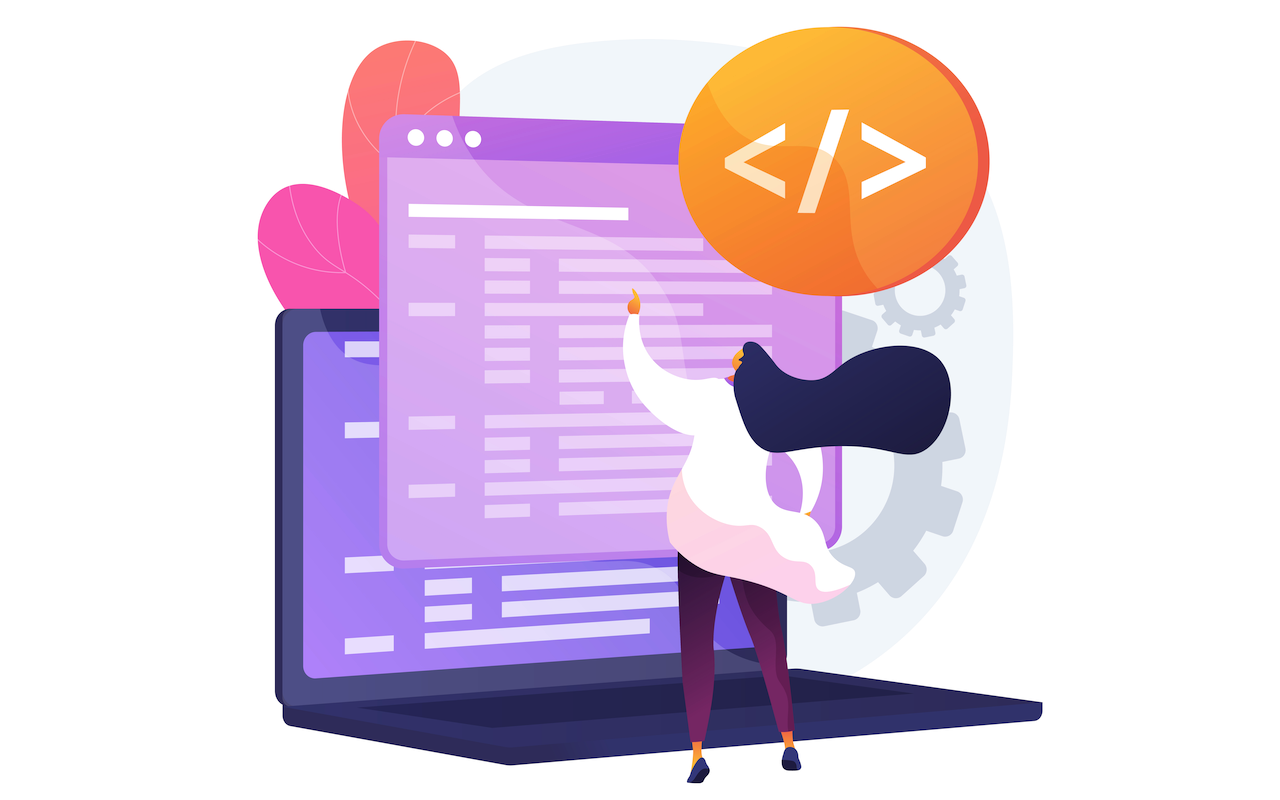Everything You Need to Know About Website Development in 2025

Website development is a rapidly evolving and dynamic field, with numerous innovative trends shaping its future in 2025. Today, it has become an essential technology stack for nearly every business. But have you ever wondered how a...]









